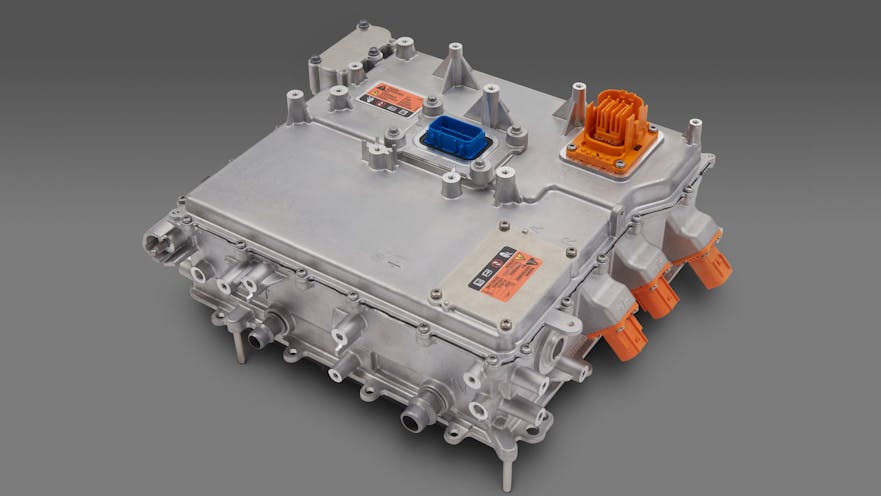Major automakers believe a new class of power electronics made of silicon carbide (SiC) will make a material difference in future electric vehicles (EVs), and they’re investing billions to shore up their supplies.
Early this year, Wolfspeed said it hammered out a deal to supply U.S. auto giant GM with SiC power devices, adding to evidence that a technology used for the first time in EVs by Tesla was gaining ground.
Now, much of the rest of the global auto industry is taking a page out of the same playbook, striking long-term purchase agreements with the likes of Infineon and Wolfspeed to shore up supplies of the new chips.
The power of SiC is that it belongs to a class of wide-bandgap (WBG) semiconductors. Its unique properties enable it to distribute in a way that limits losses while dissipating less heat than silicon, boosting power density. The heartiness of the material helps it reliably handle hazardous high voltages, and it can withstand higher temperatures under the hood. Fast-switching properties give the chips the edge in energy efficiency.
As a result, EVs can travel farther on a single charge or be equipped with more compact, less-costly batteries for the same range. Both scenarios would reduce overall system costs despite the premium price tag of SiC.
To make sure they can get their hands on sufficient supply, major car manufacturers are investing vast amounts of money ahead of time to help chip firms expand their production capacity for SiC MOSFETs and other devices.
Some recent collaborations show just how serious automakers are getting about silicon carbide.
